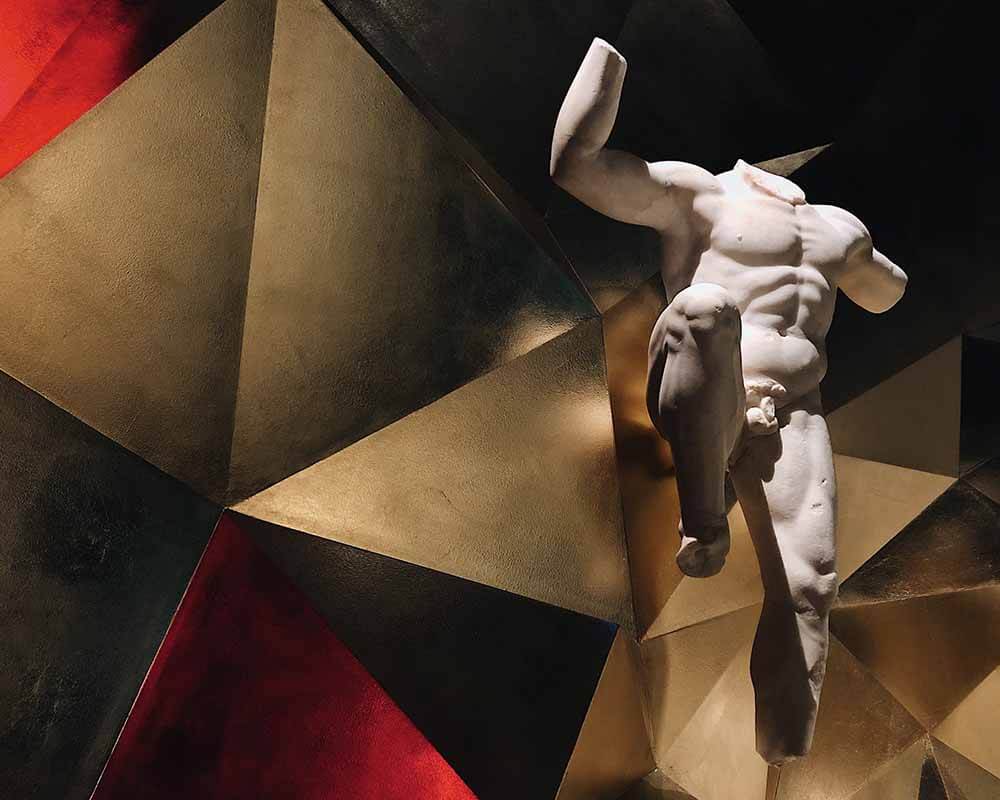Museum of Natural History "La Specola," Florence
This past spring marked the reopening of Florence’s La Specola Museum. Its collection of 18th-century wax models is the crown jewel of this university museum, founded in 1775, which closed for renovations in 2019 and reopened in 2024. These wax artisans meticulously crafted full figures, anatomical parts, and other models using plaster molds and, sometimes, solid wax. Once melted, the wax was infused with colorants and gold dust to achieve the desired hues. At the time, these models served as a scientific and educational treatise on human anatomy, eliminating the need to examine cadavers directly.
Today, the museum’s new design allows visitors to experience its historical function with a contemporary perspective. The tour spans an extensive zoological collection, the "Hall of Skeletons" (housing an osteological collection of 3,000 specimens), the Galileo Tribune, the late 18th-century astronomical tower, and the "Mineraliter" exhibition, featuring exquisitely crafted stones from the Medici family alongside a display of aesthetic minerals from Italy and around the world.
American Wing at The Metropolitan Museum of Art, New York City
In November 2024, the American Wing celebrated its 100th anniversary with a complete reinstallation of its extensive art and design collection. Spanning three floors, the new galleries explore the increasingly hemispheric connections within the Wing’s collection, from the mid-17th century to the mid-20th century, with occasional contemporary expressions.
In this revamped presentation, 17th- and 18th-century furniture, silver and metal objects, ceramics, glassware, textiles, and architectural fragments—many displayed in immersive period rooms—interact with new loans and treasured pieces from the Met’s collection, highlighting significant and resonant narratives.
Grande Brera at Palazzo Citterio, Milan
The opening of Palazzo Citterio in Milan on December 8, 2024, heralded the birth of “Grande Brera,” a community dedicated to the arts and sciences. A look back at this historic building reveals a fascinating story: in the early 20th century, the top floor of what is now Palazzo Citterio, located at Via Brera 12-14, was home to Emilio Jesi, a coffee merchant, and his wife. The couple shared an immense passion for early 20th-century Italian art, regularly hosting collectors and painters in their home for discussions about works in progress over coffee.
Today, Palazzo Citterio houses the Jesi and Vitale collections, featuring modern and contemporary art by artists such as Morandi and Picasso. With this addition, Grande Brera now encompasses eight institutions: the Pinacoteca, the Academy of Fine Arts, the Lombard Astronomical Observatory, the Botanical Garden, the Friends of Brera Association, the Lombard Historical Society, the Ricordi Archive, and now Palazzo Citterio.
The New Frick Collection, New York City
Spring 2025 will mark the reopening of one of America’s most important historic collections, The Frick Collection. Following renovations and enhancements to its historic Fifth Avenue home by Selldorf Architects, art lovers will be able to experience the "New Frick" in a more profound way.
Visitors will have the chance to explore the collection’s iconic masterpieces, reinstalled in restored spaces, alongside rarely exhibited and newly acquired works presented in a series of new galleries on the villa’s second floor, which will be open to the public for the first time. The reopening will also include the Frick Art Research Library and its refurbished reading room, with new multi-level entrances providing seamless integration between the museum and library spaces.






.png)





